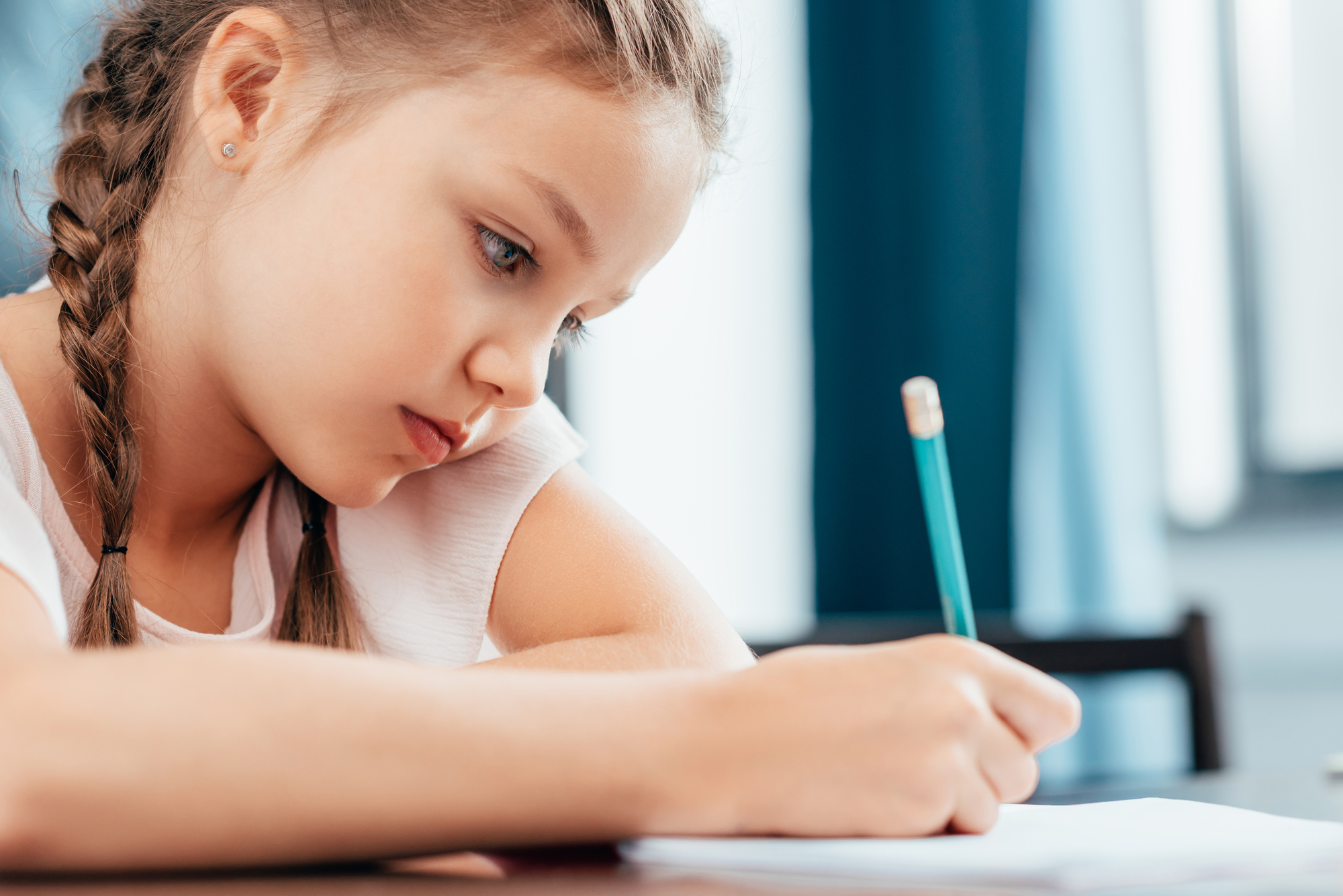Transitioning to a new year or a new school can be a worrisome experience for your child, but thankfully, it doesn’t have to be. There are many actions parents and caregivers can take to ease the transition back to school, and make things a little easier on your child. Here are some great ideas to encourage a greater focus on wellbeing for you and your family.
Build a worry box
A worry box is a useful container that can be used to hold your child’s worries. The box is a way to symbolise the idea that worries are simply thoughts that we can separate ourselves from.
Any box or jar can be used as the container and children can decorate the box in any way they like. They may wish to add a label to name their box, for example, ‘My Worry Box’. The box will help your child identify their anxieties, acknowledge them and store them in a safe place.
Set aside allocated time during the day to discuss your child’s worries. Explore whether the worry is still a source of anxiety, and if it is, focus on using problem-solving skills to resolve the worry. On the other hand, if the child no longer feels it is a worry, discuss ripping it up or placing it in the bin. If the worry still exists, place it back in the box.
Tackling separation anxiety
Anxiety during periods of separation is a normal part of child development, as they come to learn that their attachment figure will return even after leaving them. Naturally, this tends to ease off after the age of two years old. However, this may become a cause for concern when a child displays distress that is incongruent with their developmental age.
Separation anxiety may flare up when starting or changing schools, but it should decrease once a child becomes familiar with their surroundings. Work with your child’s school to discuss methods of dealing with separation anxiety, as it’s a problem that can’t usually be tackled alone.
A typical strategy is to slowly increase the amount of time a child is separated from their home or caregiver. This could be a few minutes at a time, gradually increasing to hours, with the starting point being dependent on the severity of anxiety. With each increased period of separation, the child will come to learn that despite the absence of their caregiver, they can trust that they will return. Relaxation techniques could include encouraging the child to self-soothe by using deep breathing, a fidget toy, listening to soothing music or looking at a happy photo.
Climbing the fear ladder
Tackling scary challenges can sometimes feel like climbing a very tall, wobbly ladder. If your child is feeling anxious about the return to school, break the challenge down into more manageable rungs on the ladder.
Draw a basic ladder and use it to make note of the difficult tasks your child wishes to achieve when they go back to school, starting with the simpler tasks at the bottom, and increasing to more difficult tasks towards the top of the ladder. By achieving one small step at a time, they’ll gain more confidence to keep climbing.
Focus on mindfulness
Mindfulness is a great way to keep children in the present moment and quell anxious thoughts. Some great mindfulness activities that you can do with your child include doing a body scan, along with other meditation and breathing activities. There are many apps and resources out there to help with this, including the Smiling Mind app and The Resilience Project.
Other mindful activities include making a gratitude jar and filling it with notes about what you’re thankful for, sitting outside talking about the different sounds and noises you can hear, or an outdoor scavenger hunt that focuses on sounds and nature. For less extroverted kids, journaling, drawing and painting are all great options.
Be intentional in active listening
Go beyond the famous ‘how was your day?’ by asking more thoughtful questions to help your child reflect, including ‘what made you smile today?’, ‘what did you do that was kind to another?’, ‘what challenged you today and why?’, ‘what did you learn that was new today?’, and ‘did anything make you sad today?’ This will be more likely to start meaningful conversation with your child, and encourage a response that is more considered than a grunt or an automated response of, ‘good’, when asking about their day.
If you need more information during this time of transition between schools or year groups, ClickView has created a series of free resources to help give you the tools you need to focus on wellbeing.

Delvene Neilson is a mother, an experienced educator, and also the Head of Customer Success at ClickView. ClickView is an online education company that provides over 4,500 schools, colleges and universities with access to high-quality, relevant, and interactive curriculum-aligned video resources.
Championed as ‘The Netflix of education’, ClickView’s content is used by over 70% of secondary schools in Australia. New video releases are produced in conjunction with subject experts and Australian teachers and added to the library every six weeks. ClickView has been producing and distributing its innovative and impactful video content online since 2003.








